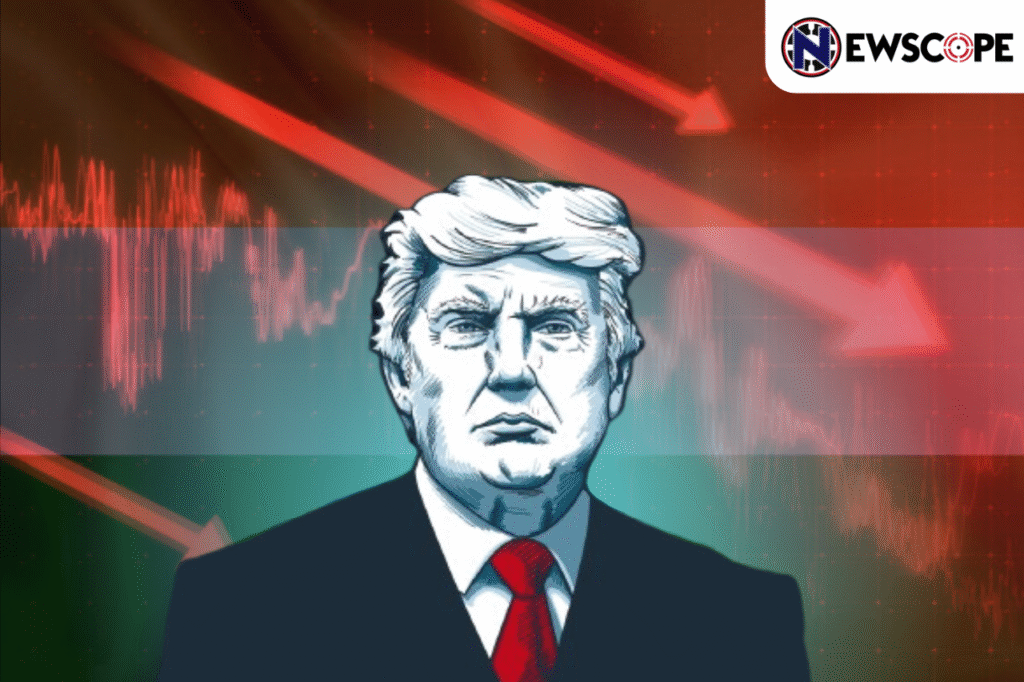President Donald Trump intensified the U.S.-China trade war by imposing a sweeping 104% tariff on Chinese imports. Trump framed the move as a “Declaration of Economic Independence,” an appropriate answer to China’s own 34% retaliatory tariff hike and is part of a broader nationalist economic strategy aimed at reducing America’s trade deficit, which stood at approximately $300 billion in 2024.
The economic fallout was swift. U.S.markets reacted negatively, with major indices such as the Dow Jones, Nasdaq, and S&P 500 recording significant losses. Analysts warn that these tariffs could trigger inflationary pressures, increase costs for American consumers, and further strain global supply chains. The risk onf a recesion has also been raised by several economists.
China’s response has been fierce. Beijing labeled the U.S. move as “economic coercion” and vowed to “fight to the end,” hinting at further retaliatory measures. These could include higher tariffs on American products and regulatory crackdowns on U.S. companies operating in China.
Trump’s intended tariff plan extends beyond China and range from around 10-49%. Imports from around 90 countries face new levies — including India at 26%, 32% on Taiwan, 24% on Japan, and 25% on South Korea. These actions have prompted many governments to initiate negotiations to shield their economies from collateral damage. President Trump has been in attendance at many of these negotiations despite this ongoing conflict with China.
Read more: https://newscope.press/trump-wants-a-very-good-deal-with-china-hinting-an-end-to-tariff-war/



